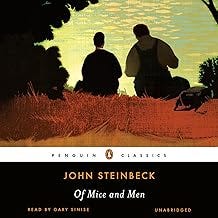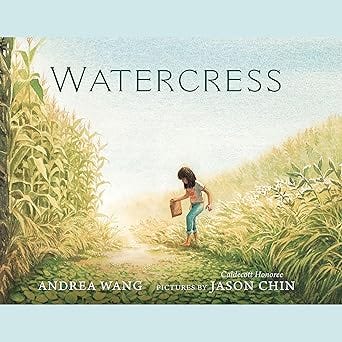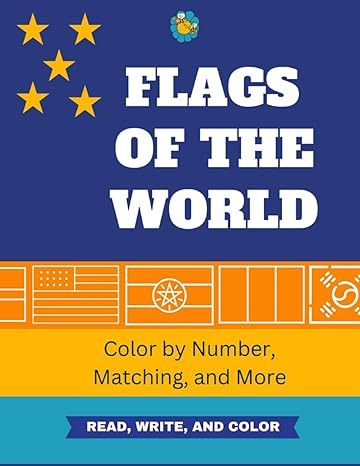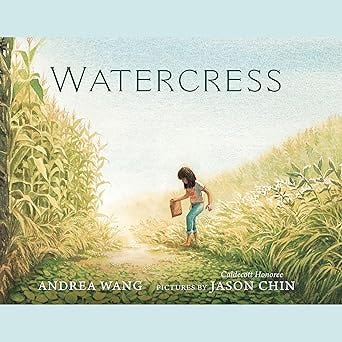Fat of the Land
Living off the fat of the land. That’s the wish that Lennie had when he shared his dream with George in John Steinbeck’s Of Mice and Men. It was a wish for abundance, a wish made of green grass, healthy cows and chickens, and bountiful waters. Farmers, watermen, and agriculture professionals of all types have the gift of knowing how to live off the fat of the land.
These days our food comes packed in bags with bright colors and pictures of vegetables at the peak of freshness. With access to food like this, it’s easy to forget that the frozen fish and canned peas we have the privilege of eating today came from people who worked the land.
Summertime is a great time to teach and remind young people about where their food comes from. Summer harvests yield ripe tomatoes; bright, crunchy carrots; and slurpy, run-down-your-chin juicy watermelon. Riding alongside you on the road, children see these fruits and vegetables at stands, adjacent to sprawling fields of corn, and just beyond the fields of cows resting lazily in the sun. Unfortunately, unless they are curious, children will look at these things as simply part of the background. When you point out how these fresh foods that they see along the side of the road are the very same foods that they can find in the store, they begin to realize that there are people connected to the food they eat.
In Watercress, author Andrea Wang shares her experience as a young girl learning about the people who were connected to her food. While traveling, her parents see watercress growing on the side of the road. When they pull over, she and her brother are told to harvest the watercress right where they are. She’s embarrassed, but after she learns how her own family gathered watercress in the past to survive, she realizes how fortunate she is to have the food.
Everything we eat has a story connected to it somehow. In this month’s activity, children are asked to write the story behind a food or a favorite dish they eat. While they may not know the workers who helped bring the food to their table or know of the work that was required to make the food edible, they can acknowledge the people and processes behind their food. You can share family food stories with children, too.
————
This month’s HoneyB3E’s activity sheet titled Fat of the Land is available for download for free below.
While you’re here, also be sure to subscribe to the HoneyB3E Hive newsletter for more activities.
Get a copy of our latest book Flags of the World on Amazon.
Look for a copy of Watercress by Andrea Wang at this link or at your local library.







